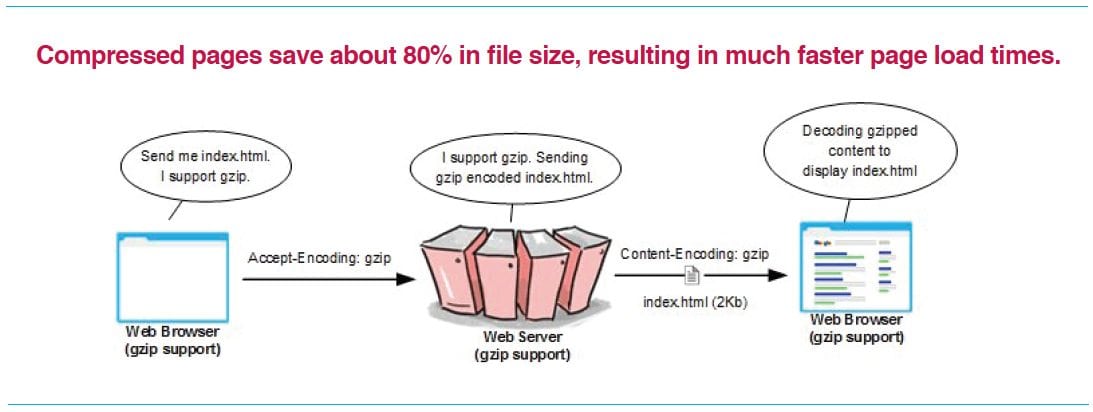
An effective website is like having an employee that works 24/7 to promote your business. Here are some key things that you need to consider that will get visitors to your site and get them engaged with your content.
1. Choose A Good Design
Websites need to be well designed in structure and branding. A professional design will pay for itself in effective use of form and function. Make sure to choose images that evoke emotions. Use white space to give the eyes plenty of room to navigate around different elements on the page.
2. User Experience (UX)
Think of the visitor and make their experience Easy, Fun and Popular. Make it easy for people to navigate and use your website. Have your most important pages or topics top level navigation items. Don’t make people have to search for things. Place a compelling call to action prominently on the page. The use of a rotating image on the main page of the site will catch the viewer’s attention and give you an opportunity to highlight your most important services or upcoming events. Place your contact information and donate button on all pages if possible. Make it easy to contact you.
3. Who, What & Why
Remember the Who, What & Why. Visitors to your website need to be able to recognize immediately what it is you do and why they should care – Use your brand in the style of your site, the images that you see and the words that you use.
4. Speed & Optimizations
Speed is a very important aspect of making a website affective. The average visitor to a website will wait up to 3 seconds for a page to load. Anything slower than that and they’ll likely move on. Some ways to speed up your site are to optimize all images for viewing on the web and keep them below 300k. You can compress web pages using GZIP and remember to combine and Minify javascript and css files. Each external CSS and JavaScript file is an additional HTTP request and the more requests a browser makes to the server will result in slower page loads. Although these requests are mere fractions of a second, those add up and slow down pages.

5. SEO
Work on your search engine optimization (SEO). Content is King! These days people are searching with phrases and questions, not keywords. Google and Bing have taken notice. Write keyword rich, compelling content and you will be indexed higher in search results. Create robots.txt files to tell search engines which content to crawl and index and which content to leave alone. Create a sitemap.xml file and submit the file to search engines. This helps the search engines to know which pages you’d like them to index as most important. Write title tags and meta descriptions for each page. These should be unique, concise, and non-spammy.
Meta description tags, while not important to search engine rankings, are extremely important in gaining user click-through from SERPs. These short paragraphs are a webmaster’s opportunity to advertise content to searchers and to let them know exactly whether the given page contains the information they’re looking for. The meta description should employ the keywords intelligently, but also create a compelling description that a searcher will want to click. Direct relevance to the page and uniqueness between each page’s meta description is key. The description should optimally be between 150-160 characters.
Blog


